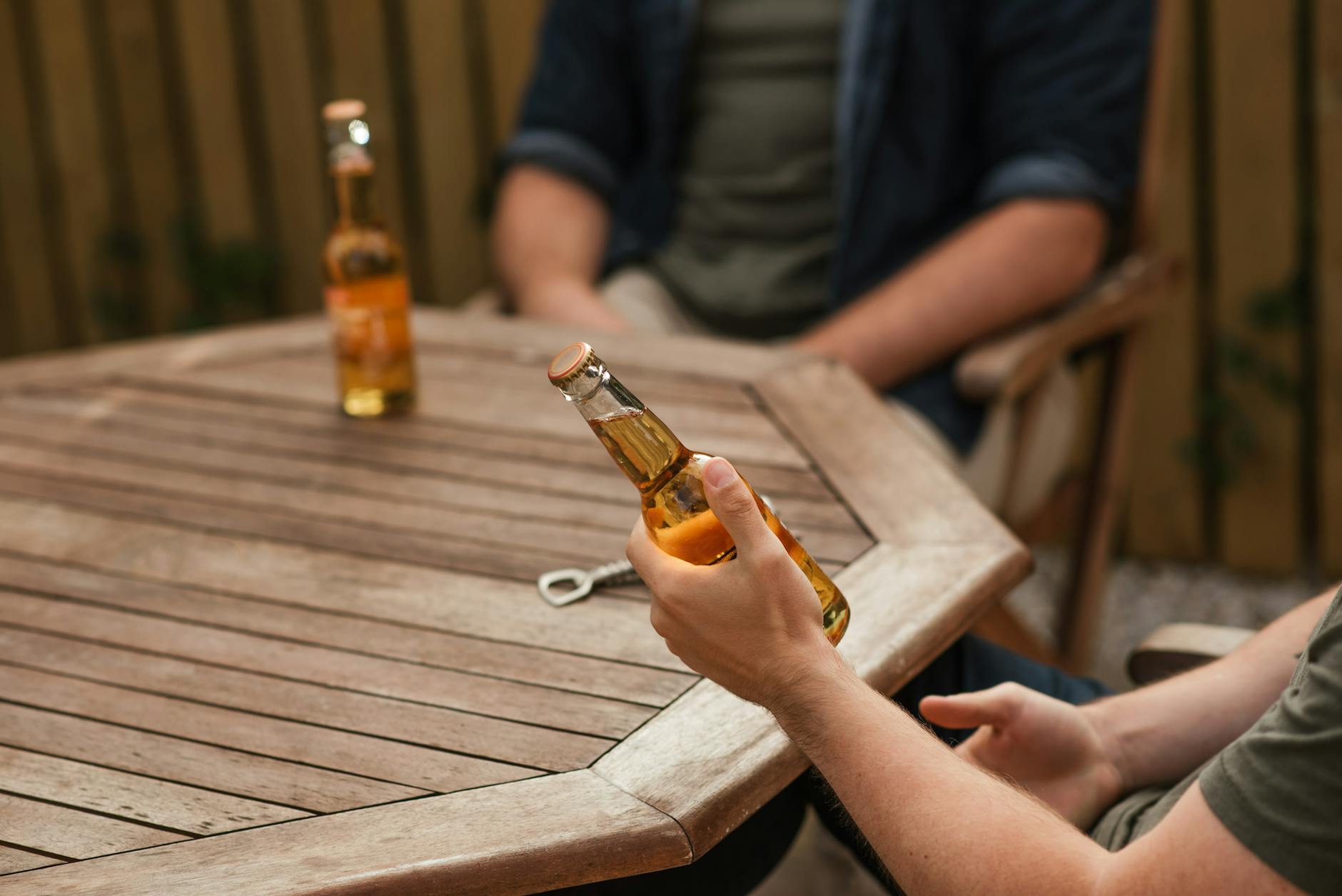Discover the surprising science behind alcohol tolerance and the key factors that play a role in how your body processes alcohol.
Table of Contents
Have you ever wondered how many beers it takes to get drunk? The answer to this question is not as straightforward as you might think. Alcohol intoxication is influenced by a variety of factors, including individual tolerance levels, body weight, metabolism, and the type of alcohol consumed. In this blog post, we will delve deep into the science behind alcohol intoxication and explore what factors determine how many beers it takes for you to feel the effects of alcohol.
Factors Influencing Intoxication
One of the primary factors that determine how many beers it takes to get drunk is individual tolerance levels. Tolerance to alcohol can vary widely from person to person and is influenced by a variety of factors, including genetics, age, gender, and overall health. Some people may be able to consume multiple beers without feeling significantly intoxicated, while others may feel the effects after just one or two drinks.
Body weight and metabolism also play a significant role in how alcohol affects the body. Generally, people with a higher body weight tend to have a higher tolerance for alcohol, as the alcohol is diluted in a larger volume of body water. Additionally, individuals with a faster metabolism may be able to process alcohol more quickly, reducing the time it takes for them to feel intoxicated.
The type of alcohol consumed can also impact how quickly you feel the effects of intoxication. Beverages with a higher alcohol content, such as spirits or fortified wines, can lead to quicker intoxication than lower-alcohol beverages like beer or wine. Additionally, carbonated alcoholic beverages may be absorbed more quickly into the bloodstream, intensifying the effects of alcohol consumption.
Alcohol Metabolism and Intoxication
When you consume alcohol, it is metabolized by the liver at a relatively constant rate. The rate at which alcohol is metabolized is influenced by factors such as liver health, genetics, and overall alcohol consumption. The concept of blood alcohol concentration (BAC) is used to measure the level of alcohol in your bloodstream, with higher BAC levels correlating to increased intoxication.
Drinking alcohol on an empty stomach can lead to faster absorption of alcohol into the bloodstream, as there is less food present to slow down the process. Conversely, consuming alcohol with a meal can slow down the rate of absorption, potentially reducing the overall effects of intoxication. It’s important to be mindful of your eating habits when drinking alcohol to help regulate your BAC levels.
Tips for Safe Drinking
While it can be interesting to explore the science behind alcohol intoxication, it’s important to remember to drink responsibly. Here are some tips to help you stay safe while consuming alcohol:
– Know your limits: Understand how alcohol affects your body and recognize when you have reached your limit.
– Pace yourself: Avoid binge drinking and give your body time to metabolize the alcohol you consume.
– Stay hydrated: Drinking water between alcoholic beverages can help prevent dehydration and reduce the effects of intoxication.
– Seek help if needed: If you or someone you know is struggling with alcohol consumption, don’t hesitate to reach out for support from a healthcare professional or addiction specialist.
In conclusion, the question of how many beers it takes to get drunk is a complex one with no definitive answer. Alcohol intoxication is influenced by a variety of factors, including individual tolerance levels, body weight, metabolism, and the type of alcohol consumed. By understanding the science behind alcohol intoxication and following responsible drinking practices, you can enjoy alcohol in a safe and mindful way.
FAQ
How does genetics influence alcohol tolerance?
Genetics play a significant role in determining alcohol tolerance. Variations in certain genes can affect how efficiently your body processes alcohol, influencing how quickly you feel intoxicated.
Is there a safe amount of alcohol to consume?
The definition of “safe” alcohol consumption varies depending on individual factors. Moderation is key, and it’s important to know your limits and drink responsibly to avoid negative consequences.
Can alcohol tolerance change over time?
Yes, alcohol tolerance can change over time. Factors such as age, health, and overall alcohol consumption can impact your tolerance levels, potentially causing changes in how alcohol affects you.
Does gender play a role in alcohol tolerance?
Yes, gender can influence alcohol tolerance. Generally, women tend to have a lower tolerance for alcohol due to differences in body composition and enzyme levels compared to men.


Leave a Reply